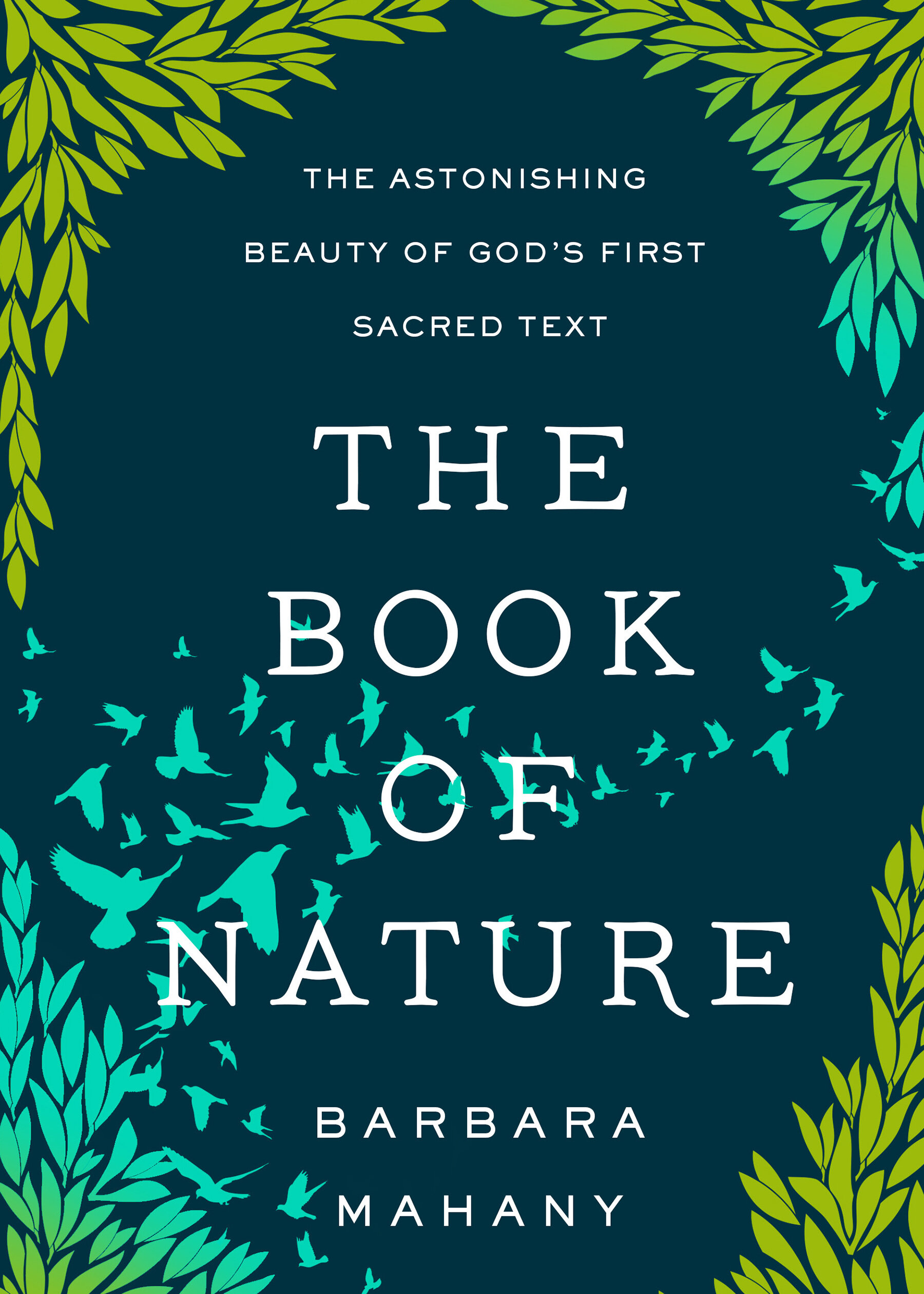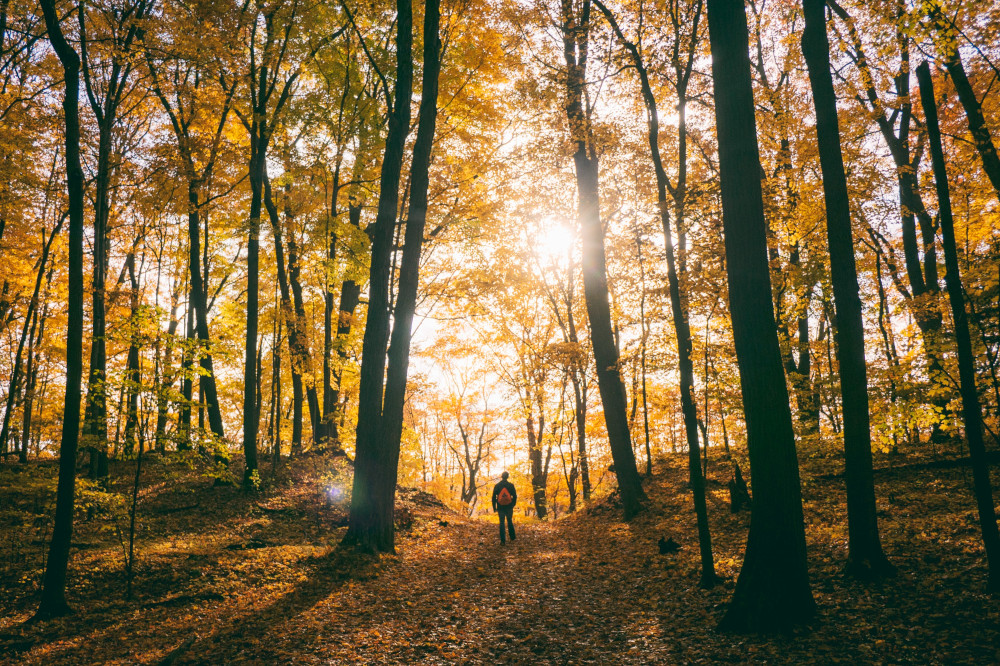
(Unsplash/Hendrik Cornelissen)

The idea for this Catholic writer's book came from a rabbi, which will not seem remarkable to readers who quickly notice Barbara Mahany's eagerness to pay attention to everything the world offers up.
In The Book of Nature: The Astonishing Beauty of God's First Sacred Text, set to release on March 21, she urges readers to be equally attentive so they will notice and fall in love with what she calls "God's first sacred text" and what St. Augustine called the book of nature — the natural world in which we live. She argues our failure to be attentive is costing us a great deal, including experiences of the presence of the living God.
"Mine," she writes, "is the God of sunrise and nightfall, the breath behind birdsong and breeze in the oaks. Mine is the God of a thousand voices, a thousand lights and gazillions of colors. Whether I notice or not, mine is the God who never hits pause when it comes to creation: inventing, reinventing, tweaking, editing, starting from scratch all over again, day after day after heavenly day."
This God's first sacred text, she insists, "needs no translation; it's unfurled without words, composed in an alphabet of seashell and moonbeam, the flight of the birds and even the plundering of nests."
Advertisement
Mahany, who has written for The Chicago Tribune for decades, writes in ways that are nearly as arresting as the book of nature she describes. She has no time for the pathetic excuses we have for missing what's in nature's book, the pages of which are all around us and free. She writes:
Ours now is a world lit up in digital glare. We stare into our phones instead of the stars, glued to our screens instead of the world in all its real-time rumblings and respirations. It's an ecology of loss; we're too often blind to creations. And the losses I worry about aren't only the ones tabulated by climatologists, counted in species decline and extinctions, water rising and ice caps melting. The losses I tally are just as profound yet outside the bounds of measurable beauty: beauty, wonder, the wild, intimacy; knowing the world by the whorl of your fingertips, by the dew of the dawn under your toes. Most of all, there's a slipping away of a palpable sense of the sacred. It needn't be. It shouldn't be.
Mahany asks readers to do something Buddhists have been urging the world to do for centuries: Pay attention, be mindful. In other words, walk neither on a city sidewalk nor on a path through the forest with your eyes focused on your smartphone. She issues a call to notice the sacred and the inexplicable all around. In some ways, it's an echo of what Annie Dillard argued decades ago in her classic Pilgrim at Tinker Creek.
However, unlike Dillard — whose considerable attention to the cruelty that can be found in nature sometimes leaves her slack-jawed with horror — Mahany leans toward beauty, intricacy, astonishing complexity. Yes, she certainly notes how, as she says, it all started 13.8 billion years ago with the violent Big Bang, "when untold numbers of bits — think heavenly cinders — kaboomed into the black canyon of space." But her focus is much more on what she calls nature's "endless bedazzlement."
There's a strange story in the Gospel of Mark (8:22-25) in which Jesus heals a blind man in two stages. After Jesus first spit on the man's eyes and then asked him if he saw anything, the man's response was: "I can see people, but they look like trees, walking." So Jesus touched the man's eyes again, at which point the man "looked intently and his sight was restored, and he saw everything clearly."

(Unsplash/Aaron Burden)
Mahany seems to be saying that many of us are half blind when it comes to reading the book of nature. The best we are able to do is misread what we're seeing, just as the man being healed saw what looked like walking trees.
We need spiritual healing to be able to read God's original scripture, of which we're a part. Mahany wisely includes several references to the ways in which Indigenous peoples in North America have a better grasp of the nature of nature than do many of us who are descendants of European invaders who stole the land on which such people lived unmolested for centuries.
It's common for Indigenous peoples to say that they belong to the land and are always and everywhere a part of nature, whereas many others hold to the imported idea that the land belongs to them — and they have the deeds to prove it.
That approach can prevent us from seeing the sacred, complex, beautiful, sometimes inexplicable nature of nature itself. As Mahany writes, "Peel back the wisdoms of East of West, plumb the canons of any civilization, listen to the thrum of Indigenous truth telling, and there you will find the spiritual practice of paying closest attention. On alert to the visible invisibility."
Humanity once was gentle enough with the planet that Earth could recover pretty quickly whenever it felt some injury. But as Pope Francis wrote in his 2015 encyclical on the environment, "Laudato Si', on Care for Our Common Home," Mother Earth "now cries out to us because of the harm we have inflicted on her by our irresponsible use and abuse of the goods with which God has endowed her."
Let's listen to both Francis and Mahany, both of whom urge us to fall in love again with nature — not because nature is God (that's pantheism) but because God is in all of nature (that's panentheism).
"It's ours to love," she writes, "this Book of Nature offering page after page to pore over — this book with its infinite lessons, its thousand embraces. If only we put down our distractions and behold it — all of it, any of it."








